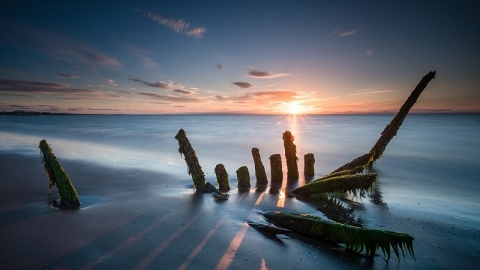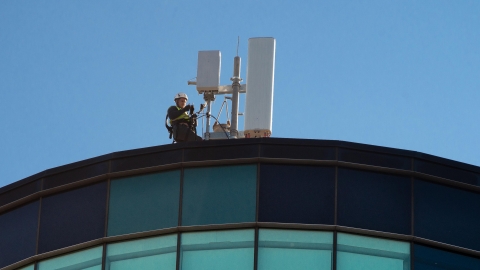If you're looking for art, history or just the best streets and cafes in the city, the West End is the perfect place to start your exploration. Monuments, shops, cinemas and restaurants radiate from Trafalgar Square; the lively entertainment scene on the busy streets around Chinatown, Soho and Leicester Square; from the bright lights of bustling Piccadilly Circus to St. James's Square, the West End covers all aspects of London life and is suitable for all budgets.
Trafalgar Square area
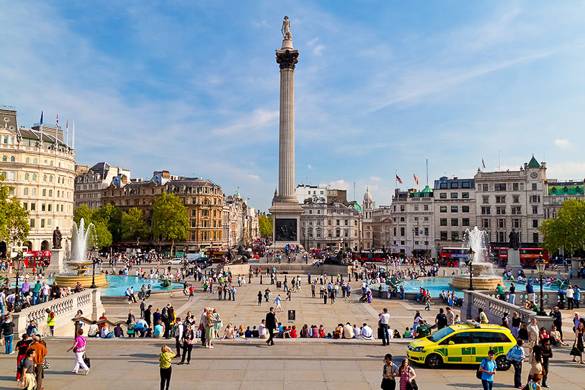
Photo of a corner of Trafalgar Square
London's main venue for outdoor public meetings and rallies, Trafalgar Square was conceived and built in the 1830s by John Nash. The 50m (165ft) high mast was erected in 1842 in memory of Admiral Nelson, Britain's most famous sea lord. Edwin Landseer's four lions were added 25 years later. Today the square is popular with tourists.
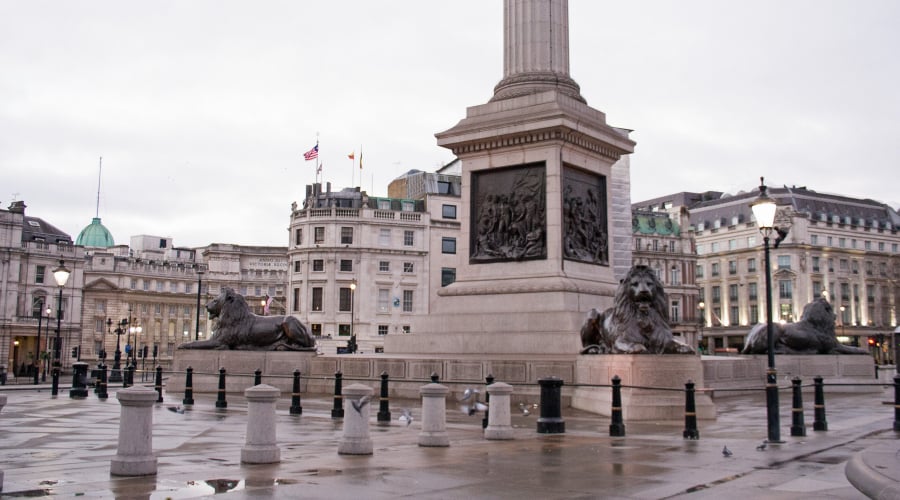
Located within this large square area is Admiralty Arch, designed in 1911, creating a solemn atmosphere and separating it from the hustle and bustle of Trafalgar Square. In particular, the central gate of this place is only opened for royal processions.
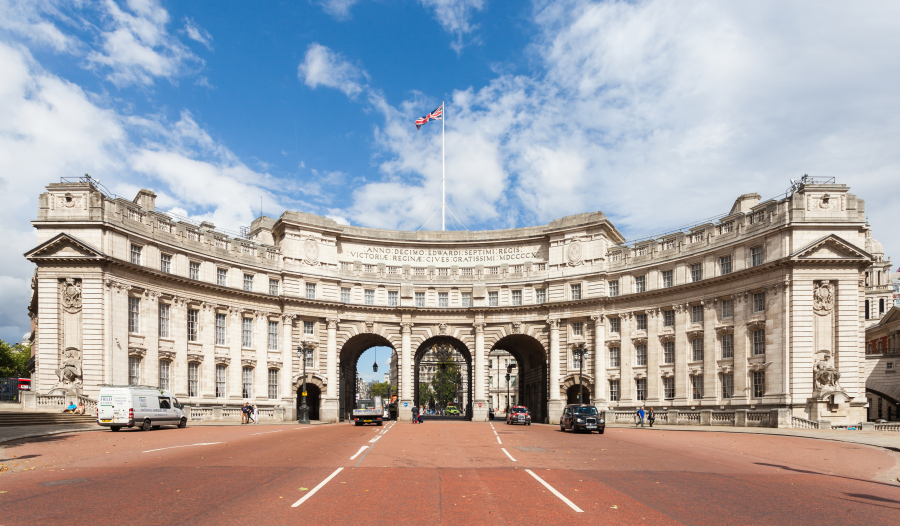
Photo of Admiralty Arch viewed from the direction of The Mall
To the north of the square is the National Gallery and its Sainsbury Wing. At the northeast corner is St. Martin-in-the-Fields. The church was built in the 18th century by James Gibbs and became a model for the colonial style of church building in America.
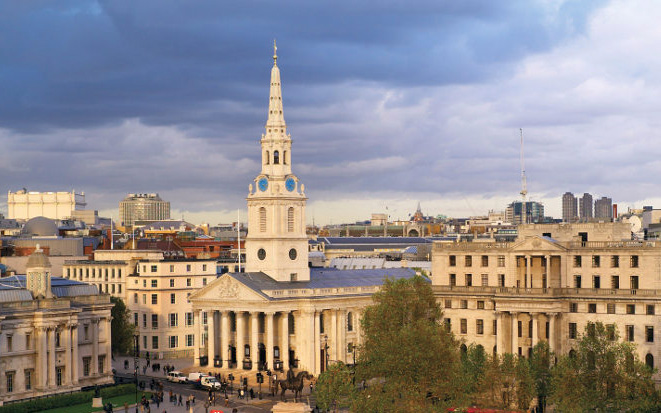
Adjacent to the National Gallery is the National Portrait Gallery, which depicts British history through portraits, photographs and sculptures. Subjects range from Queen Elizabeth I to images of politicians, film actors and rock stars.
Further north lies Leicester Square – the heart of the West End entertainment district with the city’s top cinemas and vibrant nightclubs, while London’s Chinatown attracts a large number of diners and shoppers. Next door is Shaftesbury Avenue – the main artery to London’s theatre district.
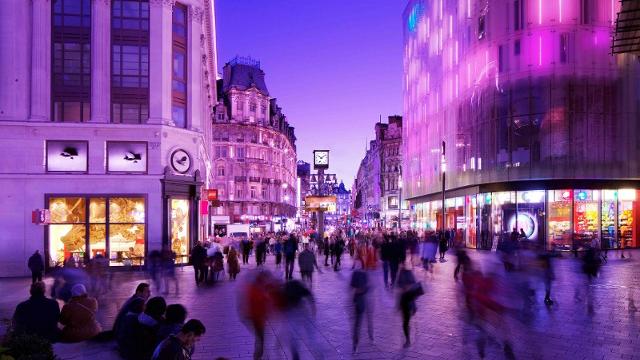
Swiss Court, Leicester Square
Piccadilly
The name Piccadilly refers not only to the main street that connects Hyde Park with Piccadilly Circle, but also to the surrounding area. Today, Piccadilly has two contrasting faces: a bustling commercial area with shops, restaurants and cinemas to the south and St James's Square to the other.

Piccadilly Roundabout's correct name is Piccadilly Circus. This name has been mistaken for a circus by many people, while in fact it was built in the 19th century, at the intersection of Piccadilly Road and John Nash's Regent Street. So in this context, the word "circus" in the name is a Latin word, meaning "circle" in English. With its bright neon lights, this roundabout is the center of the West End.
Among the many notable attractions along Piccadilly, the Royal Academy is a good suggestion. Founded in 1768, the Academy is home to many valuable collections, including Michelangelo's “Madonna and Child” (1505). The Academy's annual summer exhibition is famous for its installation of new and old works.
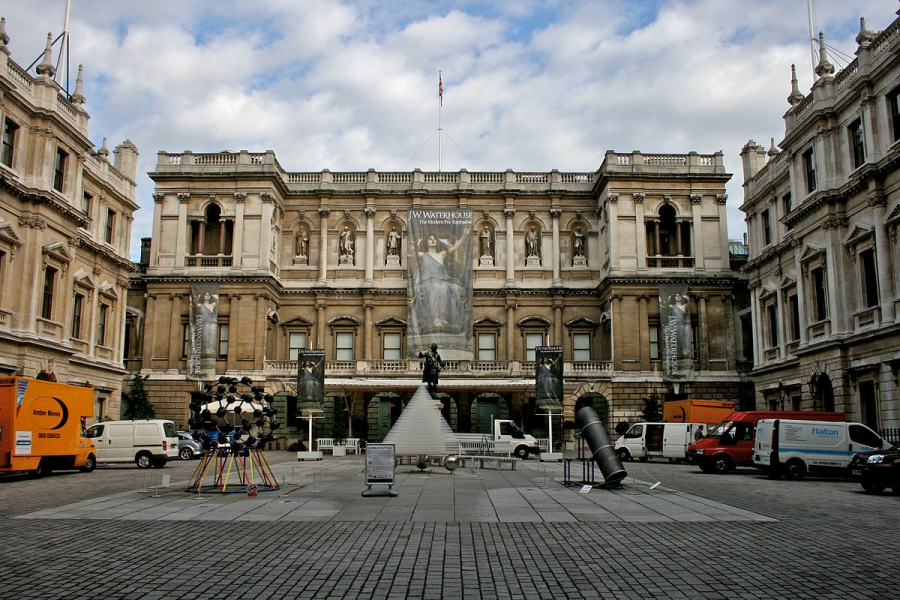
Royal Academy of Arts
St James's Church was designed by Sir Christopher Wren in 1684 and Spencer House was built in the 18th century and houses many of the furniture and paintings. This Palladian palace was built for an ancestor of Princess Diana.

A corner of Spencer House garden
Shopping around Piccadilly is very expensive, especially on Bond Street, which is lined with many famous brand stores. Piccadilly is home to Fortnum and Mason, one of the most prestigious food shops in the UK, founded in 1707, while the Riz Hotel is famous for its stylish afternoon tea. Jermyn Street is renowned for its high-quality menswear.

Burlington Arcade
South of Piccadilly is St James's Square, built in the 17th century and dominated by a statue of William III. It has long been London's fashionable spot. Pall Mall (a name that dates from the late 17th century, before which it was called pallemaille, a cross between croque and golf) was once played here, with rows of gentlemen's clubs that only admitted members or their guests. The square leads to St James's Palace, built in the 16th century for Henry VIII. The palace remains the official seat of the Court of St James. Opposite it is the Queen's Chapel, England's first ancient church.
Convent Garden
Bustling outdoor cafes, street performances and markets make Covent Garden a tourist magnet. Its name comes from a medieval abbey garden that supplied food to Westminster Abbey.

Street performance in the Piazza
At its heart is the Piazza, designed as an elegant residential square in the 17th century by the architect Inigo Jones, modelled on the Tuscan town of Livorno. For a time the houses around the Piazza were expensive and sought after, but fell into decline as the fruit and vegetable market flourished. In 1973 the market was moved to a new site and Covent Garden was refurbished. Today the only surviving structure by Inigo Jones is St. Paul's Church. Samuel Pepys saw a Punch and Judy show under the arch in 1662 and street entertainment has been a tradition ever since.
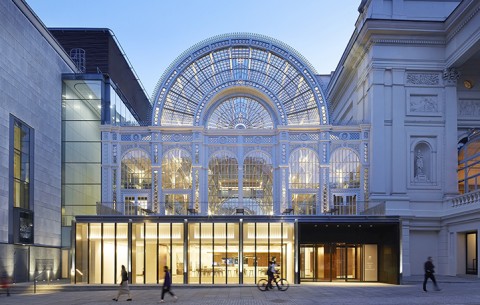
Royal Opera House
The area is home to the Royal Opera House, designed in 1858 by EM Barry but completely renovated between 1997 and 1999. It is home to the Royal Opera and the Royal Ballet Company. Many of the world's greatest dancers have performed on this stage.
Covent Garden has many theatrical societies. The site of the Theatre Royal was completed in 1812. Before that, from 1663, it was home to St Martin's Theatre – the world's longest running play: The Mousetrap.
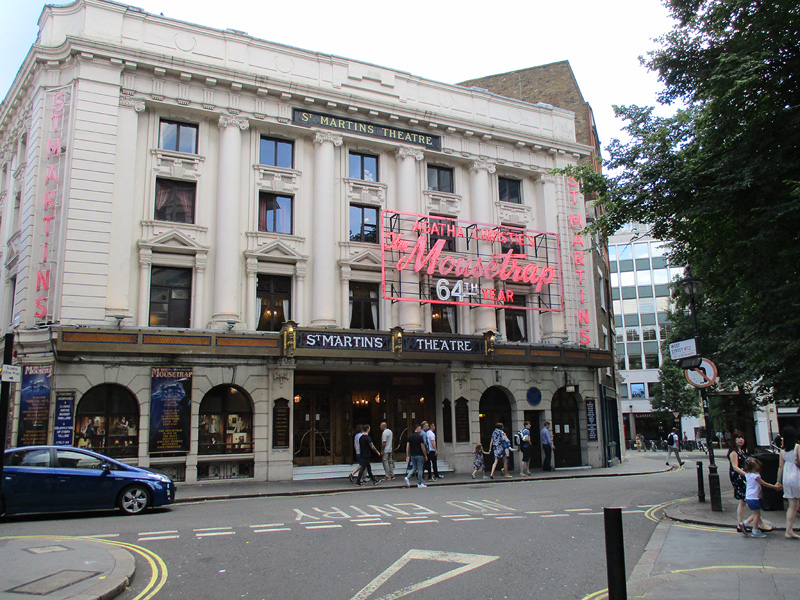
Facade of St. Martin's Theatre
Other notable attractions include the London Transport Museum and the “alternative” areas around Neal Street and Neal Court. The Lamb and Flag on Rose Street is one of London’s oldest pubs and is a must-visit.





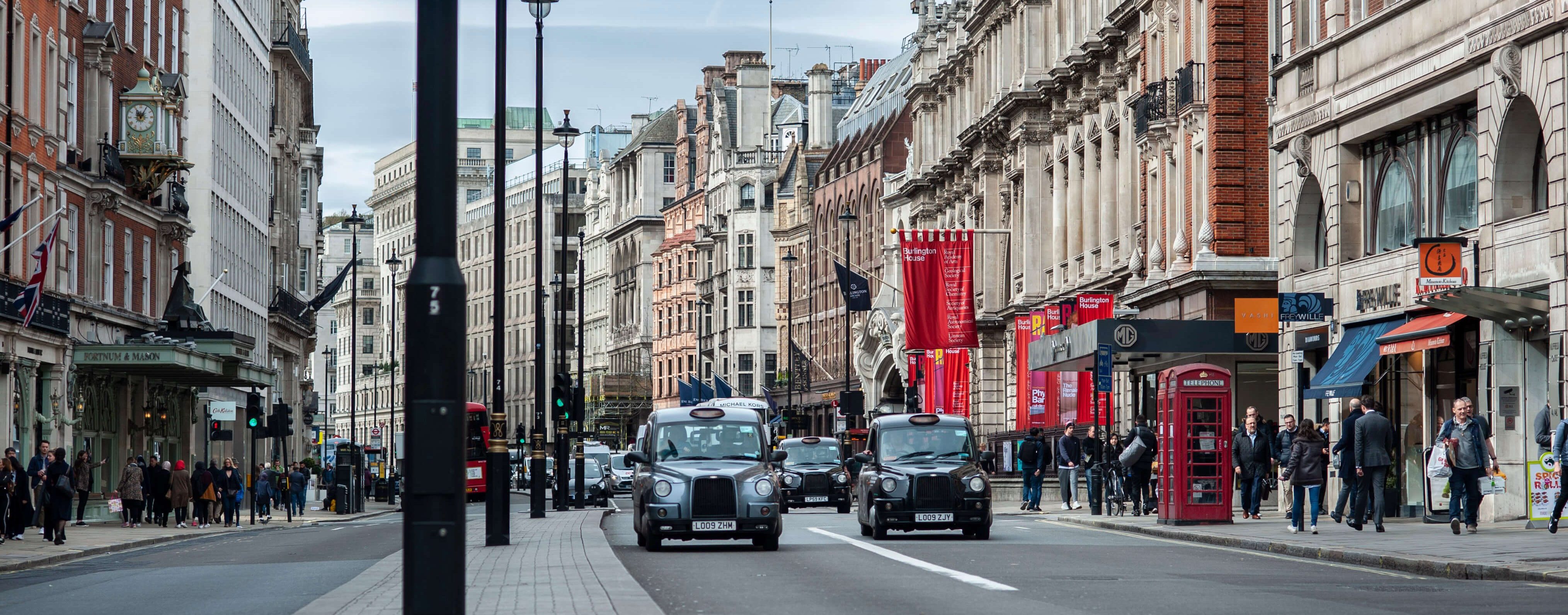












.jpg.jpg)






